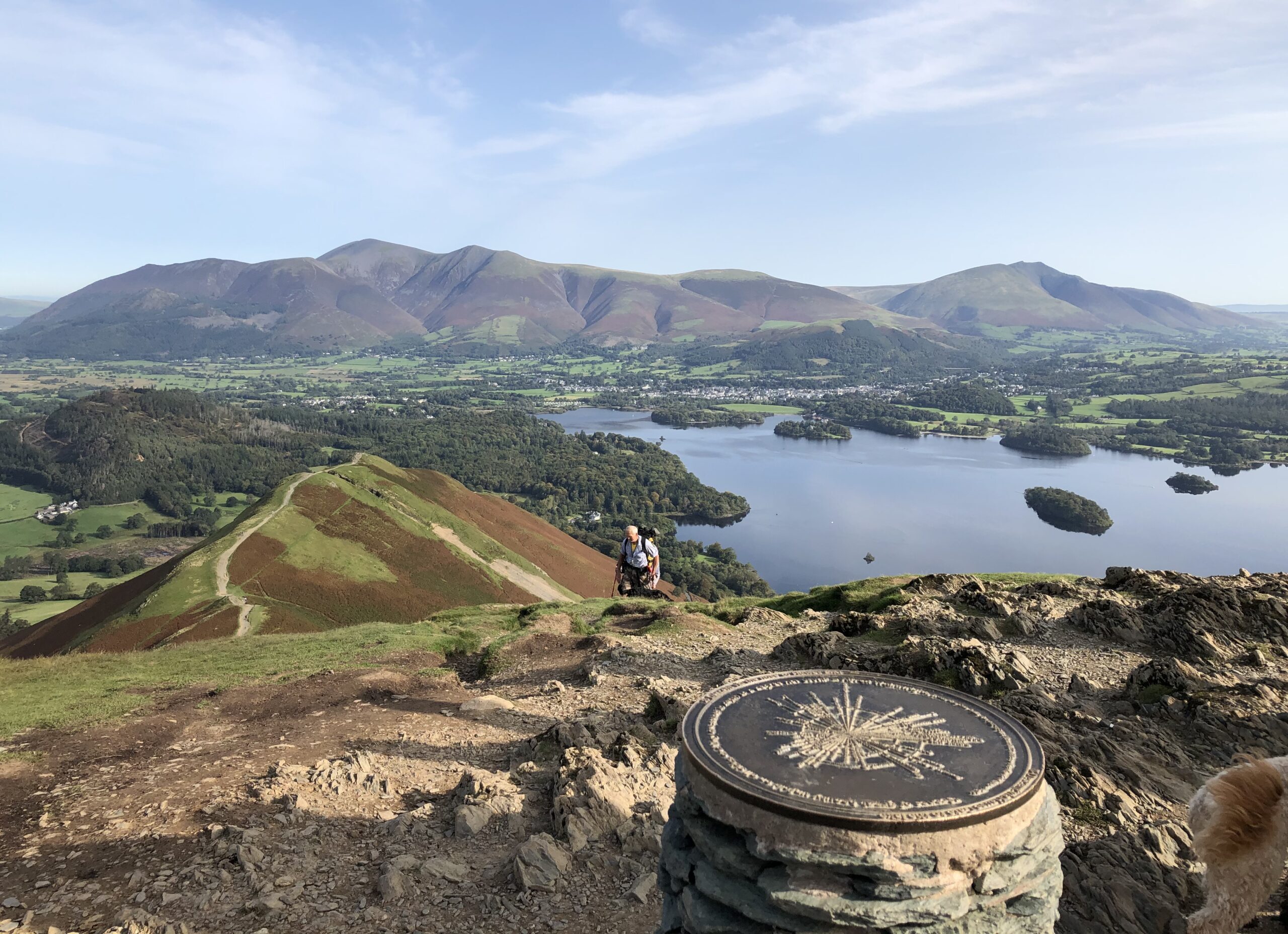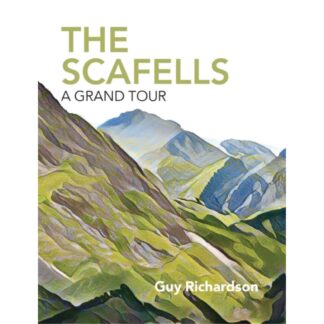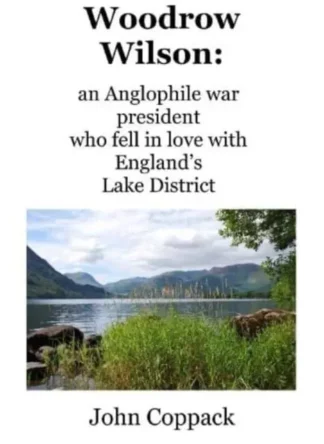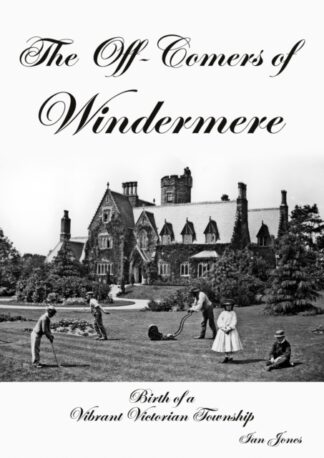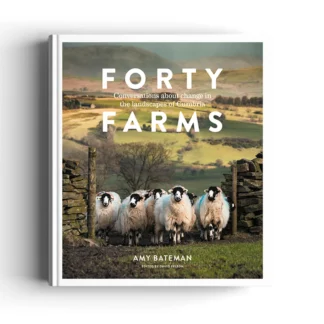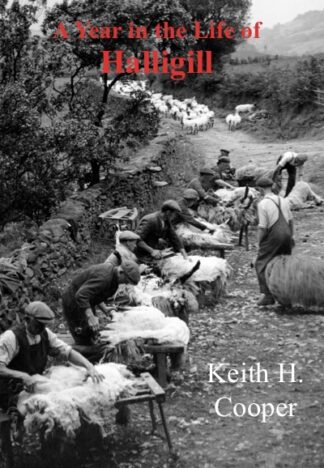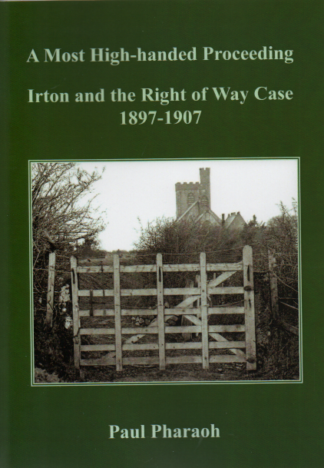General history of the Lake District, including early guides
-
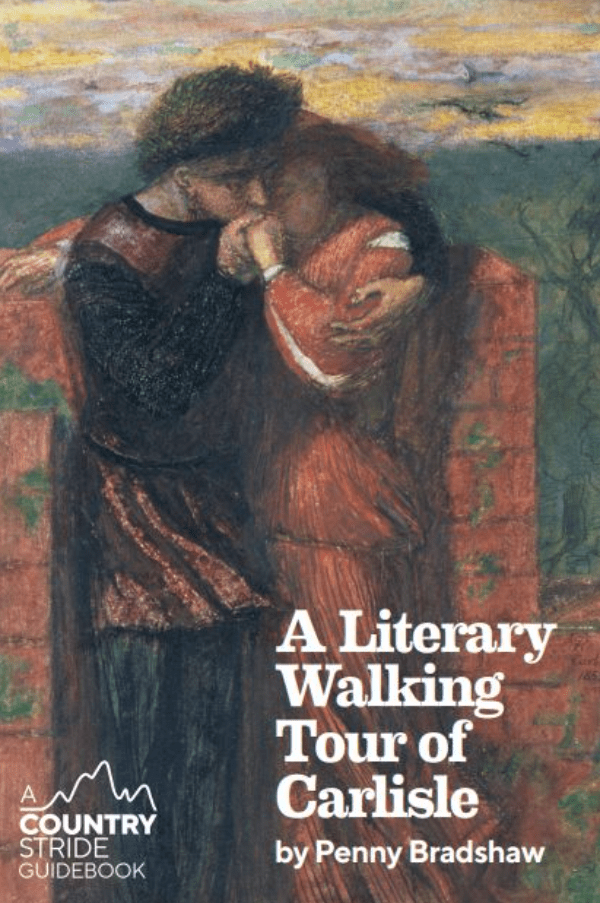
A Literary Walking Tour Of Carlisle
A Countrystride Guidebook
£7.50 -
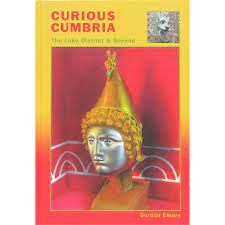
Curious Cumbria
The Lake District & Beyond
£28.00 -
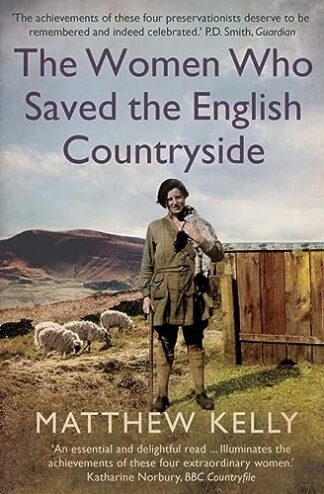
The Women Who Saved The English Countryside
£10.99 -

The Women Who Saved The English Countryside (Copy)
£10.99 -
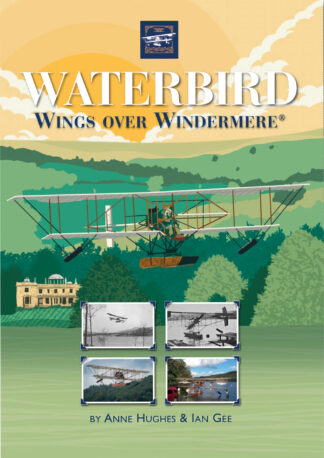
Waterbird
Wings Over Windermere
£14.99 -
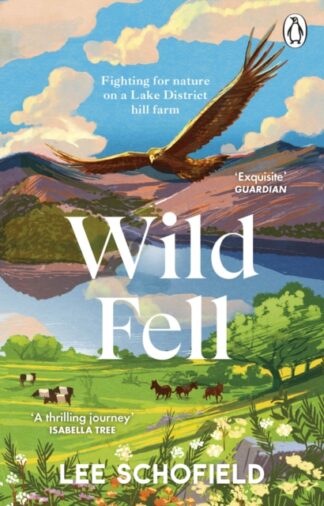
Wild Fell
Fighting For Nature On A Lake District Hill Farm
£10.99 -
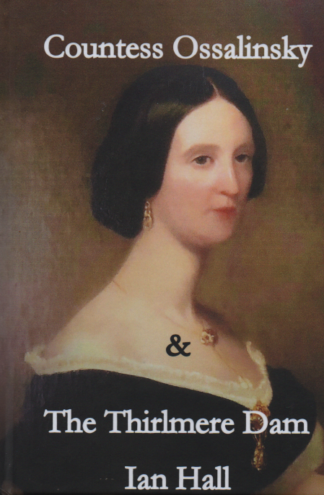
Countess Ossalinsky & The Thirlmere Dam
£15.00 -
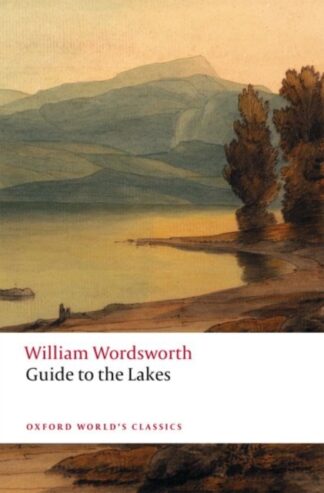
Guide to the Lakes
£9.99 -
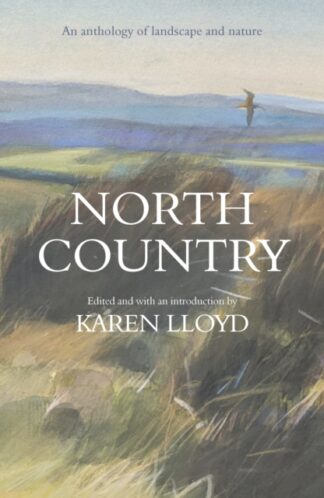
North Country
An anthology of landscape and nature
£14.99 -
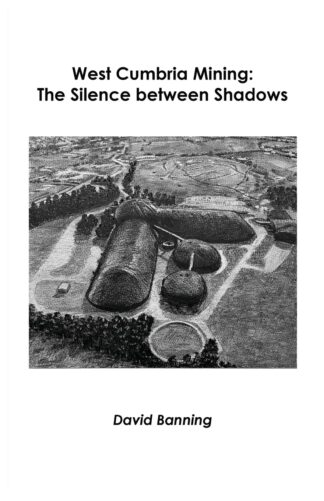
West Cumbria Mining
The Silence Between Shadows
£6.50 -

111 Places Along Hadrian’s Wall That You Shouldn’t Miss
£13.99 -
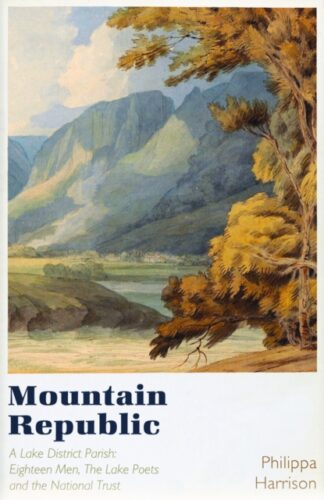
Mountain Republic
A Lake District Parish - Eighteen Men, The Lake Poets and the National Trust
£12.00 -
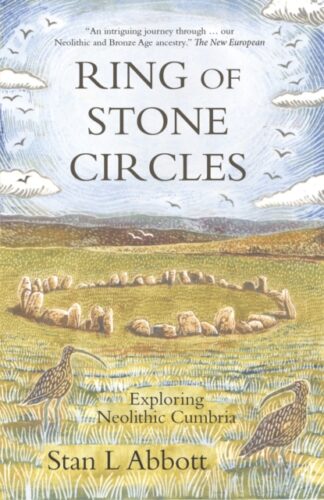
Ring of Stone Circles
£9.99 -
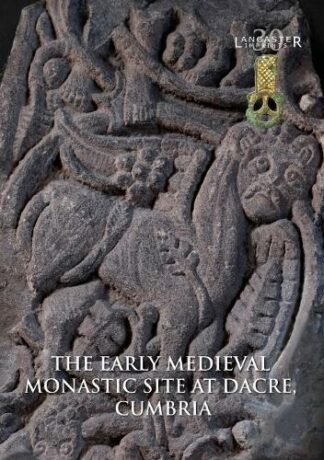
The Early Medieval Monastic Site at Dacre, Cumbria
Lancaster Imprint vol 30
£22.50
Showing 1–20 of 90 results
